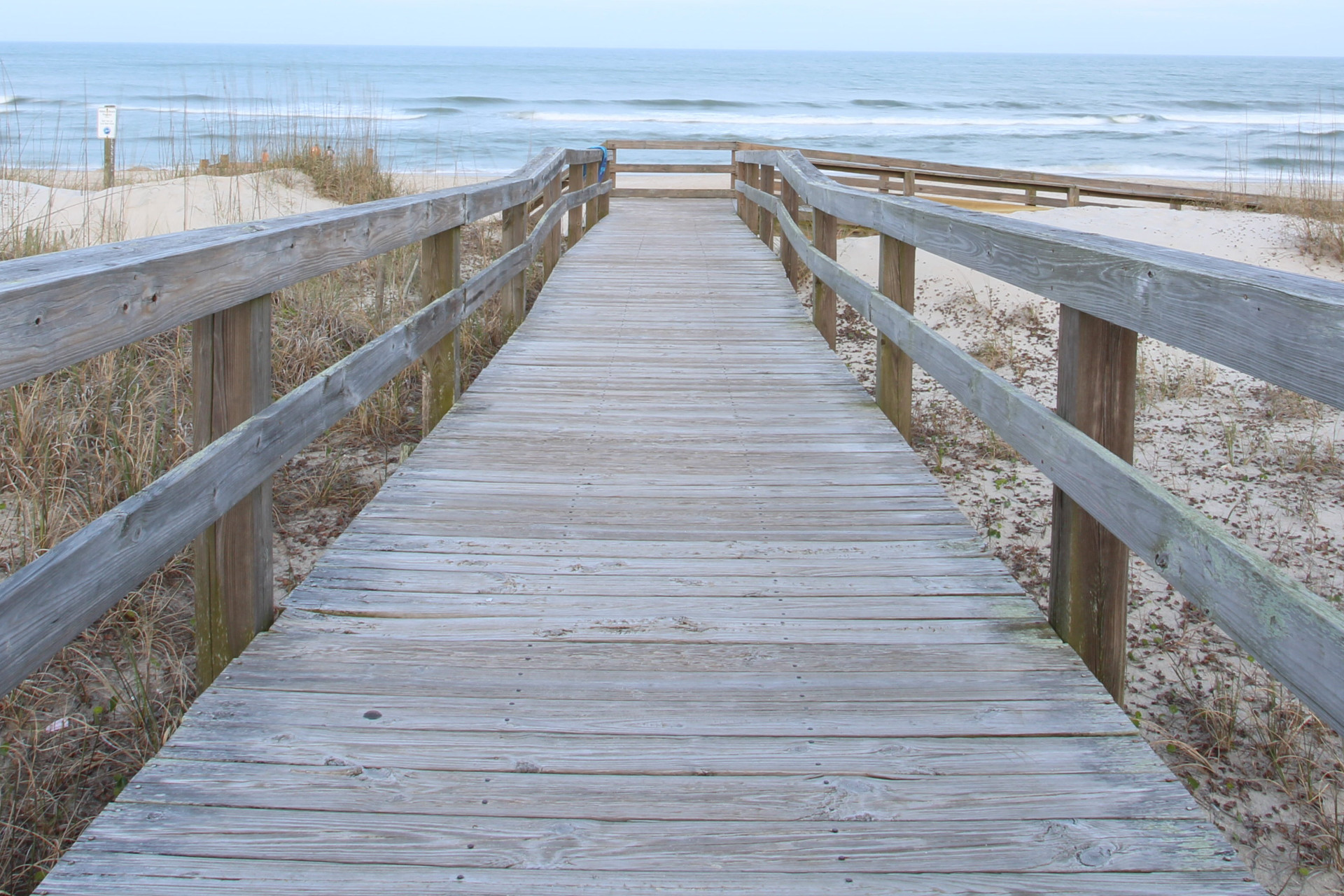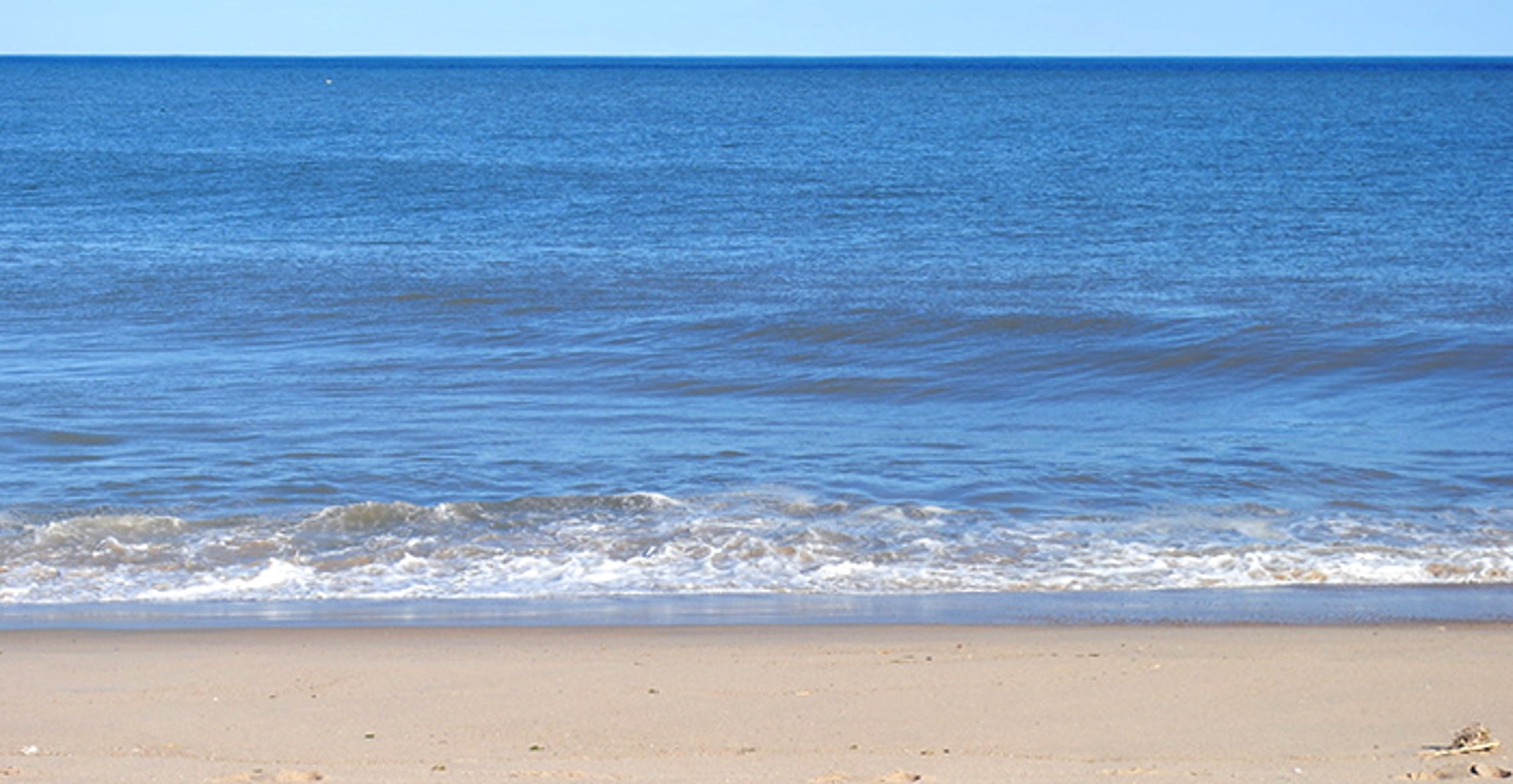9
Jul 2021
Accidents and injuries may be the furthest thing on a person’s mind while he or she is having fun on the water. However, safety must be a priority when spending time in bodies of water like oceans and lakes.
People who live near oceans and rivers year-round may be familiar with the various ways to stay safe on the water. But those who only spend time on the water once or twice a year while on vacation may have no such familiarity. That can make them vulnerable to various threats, including rip currents.
What is a rip current?
The National Ocean and Atmospheric Administration notes that rip currents are powerful, narrow channels of fast-moving water. Rip currents are prevalent along the eastern and western coasts of the United States and also along the shores of the Great Lakes.
The National Ocean and Atmospheric Administration notes that rip currents are powerful, narrow channels of fast-moving water. Rip currents are prevalent along the eastern and western coasts of the United States and also along the shores of the Great Lakes.
How fast do rip currents move?
The speed of rip currents makes them especially significant threats, as the NOAA reports that they can move at speeds of up to eight feet per second.
The speed of rip currents makes them especially significant threats, as the NOAA reports that they can move at speeds of up to eight feet per second.
How can I avoid rip currents?
The National Weather Service notes that rip currents may be present even on calm, sunny days. Just because it’s safe to spend a day on the beach does not mean it’s safe to spend time in the water. Only swim at beaches being manned by lifeguards. According to the U.S. Lifesaving Association, the chances of drowning at beaches manned by lifeguards is one in 18 million.
The National Weather Service notes that rip currents may be present even on calm, sunny days. Just because it’s safe to spend a day on the beach does not mean it’s safe to spend time in the water. Only swim at beaches being manned by lifeguards. According to the U.S. Lifesaving Association, the chances of drowning at beaches manned by lifeguards is one in 18 million.
Checking weather reports that include information about water conditions is another way to potentially avoid rip currents. Such reports will not guarantee swimmers won’t encounter rip currents, but these reports should still be read before heading to the beach or after arriving at the beach but before going into the water.
Learning to spot rip currents is another way to avoid them. The National Park Service reports that signs rip currents may be present include a break in incoming wave patterns, a channel of churning, choppy water; a line of foam or debris moving seaward; and a difference in water color.
What should I do if I’m caught in a rip current?
The NPS urges swimmers caught in rip currents not to fight the current. The NOAA notes that swimmers caught in rip currents often put themselves at risk of drowning by attempting to swim straight back to shore, which only makes them more tired. The NPS advises swimmers caught in rip currents to swim parallel to the shoreline and to float or tread water if they cannot escape the current. Swimmers also are urged to draw attention to themselves, calling or waving for help, so lifeguards can help them get out of the water.
The NPS urges swimmers caught in rip currents not to fight the current. The NOAA notes that swimmers caught in rip currents often put themselves at risk of drowning by attempting to swim straight back to shore, which only makes them more tired. The NPS advises swimmers caught in rip currents to swim parallel to the shoreline and to float or tread water if they cannot escape the current. Swimmers also are urged to draw attention to themselves, calling or waving for help, so lifeguards can help them get out of the water.
Rip currents can be deadly for swimmers. Knowing what rip currents are, how to spot them and what to do when caught in one can greatly increase swimmers’ chances for survival.






